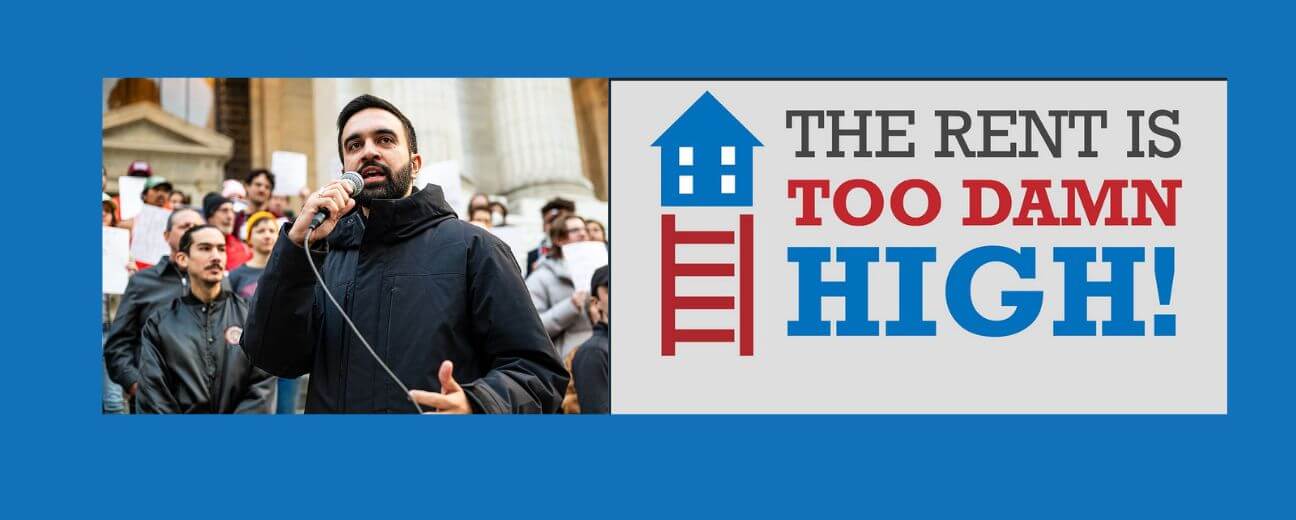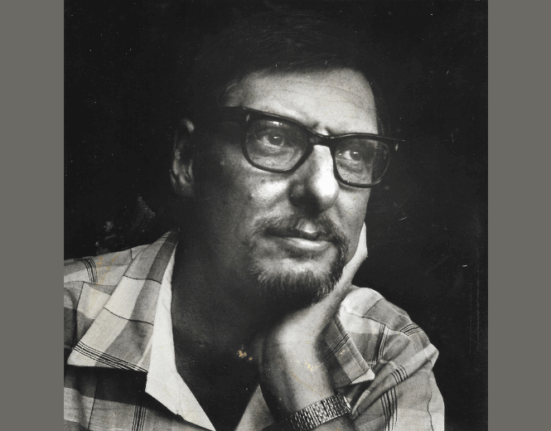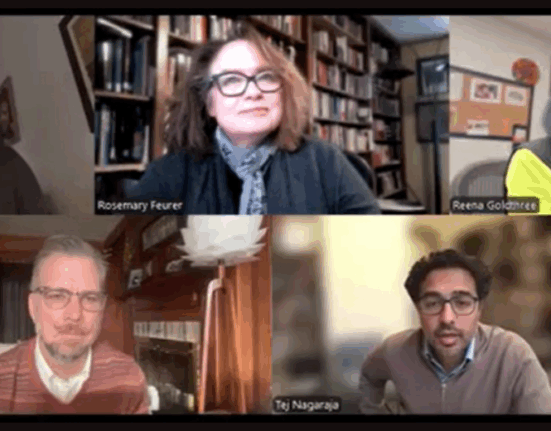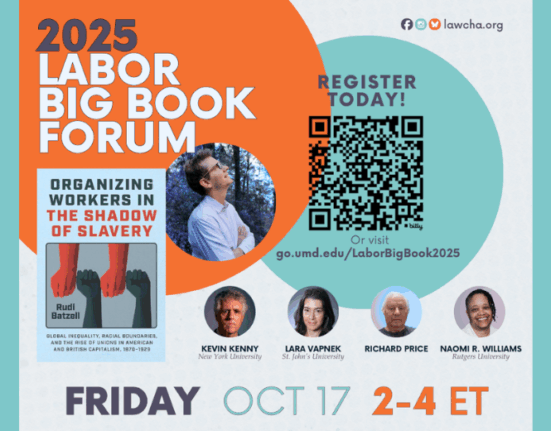Zohran Mamdani, who identifies as a Democratic Socialist, recently won the Democratic Party nomination for Mayor by campaigning on the need to make life in New York City more affordable for working people. The problem in New York and the United States as a whole is not just that prices have skyrocketed since I was a teenager in the 1960s—it is that wages have considerably trailed prices.
In 1965, when I first went to work on Saturdays as a counterman in a Queens, New York luncheonette, the federal minimum wage was $1.25 per hour. In New York State it did not become $1.50 until January 1967. In 1965, the fare on the NYC subway, which I took to work, was 15 cents. It remained unchanged from 1953 until July 1966, when it increased to 20 cents. In 1965, a slice of pizza typically cost around 15 cents in the Bronx neighborhood where I lived.
A slice of New York pizza and a ride on the subway are now about three dollars, an increase of twenty times. If we increase the 1965 $1.25 minimum wage by 20 times, today it would be $25, but the federal minimum wage is $7.25 an hour. Even in a progressive state like New York, the state minimum wage is only $15.50, an increase of about 12 times, but still $9.50 an hour less than it would be if wages had kept up with the price of pizza and public transit.
In July 2025, the average salary for a USPS postal carrier is about $44,000 annually. Postal worker salaries increase by 612% between 1947 and 2025 while the cost of purchasing a home in a middle-class community on Long Island increased by 8,650%, over ten times as much.
My parents paid between $100 and $120 a month in rent for a three bedroom, one bathroom apartment in an aging tenement in a working-class Bronx neighborhood near Jerome Avenue and 170th Street. I checked ads for apartments on Zillow. A similar apartment in that neighborhood now rents for about $3,000 a month, an increase of between 25 and 30 times, pricing out many working-class families like ours.
In October 1947, the price of a new home in Levittown on Long Island, New York was initially less than $8,000 and returning World War II veterans could purchase a house for less than $7,000 without a down payment. In June 2025, the sale price for homes in Levittown, NY, were in the $700,000 range. The percentage increase from $8,000 to $700,000 is an astronomical 8,650%. A typical federal postal worker’s starting salary in 1947 was $6,176 a year. In July 2025, the average salary for a USPS postal carrier is about $44,000 annually. Postal worker salaries increase by 612% between 1947 and 2025 while the cost of purchasing a home in a middle-class community on Long Island increased by 8,650%, over ten times as much. In New York State a postal worker earning $44,000 today would be eligible for an Earned Income Tax credit, low-income child care benefits, and in some cases the Supplemental Nutrition Assistance Program (SNAP) or food stamps.
A big problem in the failure of wages to keep up with prices is the decline in private sector labor union membership in the United States. Workers face aggressive corporate antiunion campaigns, a hostile government in Republican Party controlled states, and the disappearance of many traditional union jobs. In 1965, 30.8% of private sector workers were members of labor unions. Today less than 6% of private sector workers are unionized. The decline in private sector labor union membership helps to explain the declining working-class vote for Democratic Party candidates, especially among white male workers, and why the minimum wage in the United States has remained so low.
The Economic Policy Institute reports that the pay of the average CEO rose by 940% between 1978 and 2019 with CEOs making hundreds of times more than their median employees—not minimum wage workers, but the middling group.
Of course, not everyone has suffered. I am a big baseball fan. In 1965 Mickey Mantle of the New York Yankees and Willie Mays of the San Francisco Giants were the highest paid players in Major League Baseball. Mickey Mantle earned $100,000 and Wille Mays earned $105,000. If we multiply that by twenty, they would be earning about $2,000,000 a season today. Forbes magazine estimates that Juan Soto of the Mets, the current highest paid baseball player, will be paid $126.9 million for the 2025 season. Shohei Ohtani of the Los Angels Dodges is next with an estimated $102 million. Each of them earns at least 20 times more than the projected salaries adjusted for inflation for the leading baseball stars of the 1960s.
The big winners in a very unjust and unequal American economic system are corporate CEOs. According to the Economic Policy Institute, in 1965 the average CEO-to-worker compensation ratio was 20-to-1. The Economic Policy Institute reports that the pay of the average CEO rose by 940% between 1978 and 2019 with CEOs making hundreds of times more than their median employees—not minimum wage workers, but the middling group.
In 1965, oil tycoon J. Paul Getty was probably the richest person in the world. According to the Guinness Book of Records his estimated net worth was $1.2 billion. Adjusted for inflation, this is equivalent to approximately $12 billion today. For 2024, Forbes magazine estimated that at least 49 Americans had a net worth of at least $12 billion with Elon Musk, Jeff Bezos, Larry Ellison, and Mark Zuckerberg each having a net worth of over $200 billion.
Federal and state social safety nets have helped poorer Americans survive the growing gap between wages and prices. However, Donald Trump and the Republican Party’s misnamed Big Beautiful Budget Bill will make their situation more precarious. The bill includes cuts to Medicaid and the SNAP food program imposing stricter eligibility requirements that will cause millions of people to lose benefits. Changes in requirements for Affordable Care Act (ACA) health insurance combined with Medicaid cuts would mean an estimated ten million Americans, probably a majority of them children, would lose health insurance support over the next decade. Meanwhile, wealthier American families, the top 20% earning over $217,000 a year, will benefit in both the short-term and long-term from tax cuts on earnings and inheritance. An analysis of the bill by the University of Pennsylvania Wharton Business School where Donald Trump secured a college diploma found that the top 20% of earners would save $13,000 in tax payments while the top 0.1% of earners, the very rich, would have an annual benefit of almost $300,000.
Author
-
Alan Singer is a historian and teacher educator at Hofstra University, Hempstead, New York. His most recent book is Class-Conscious Coal Miners: The Emergence of a Working-Class Movement in Central Pennsylvania (SUNY Press, 2024). He can be reached at catajs@hofstra.edu






